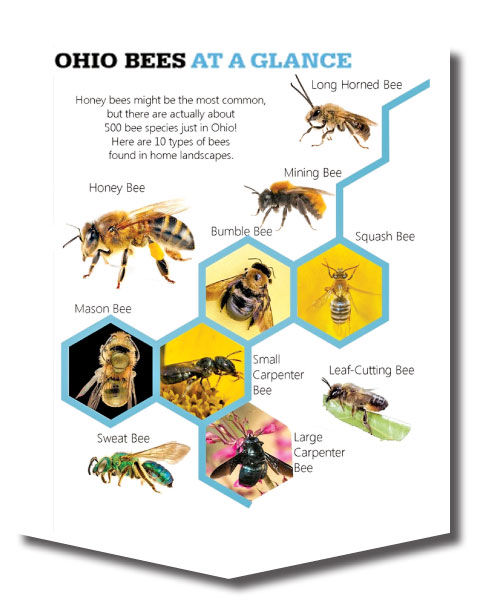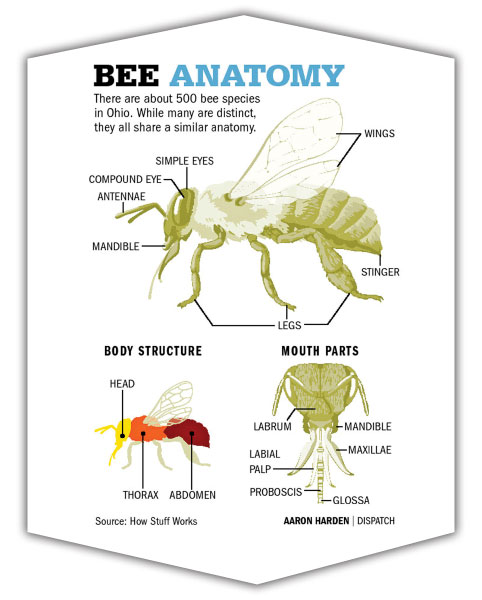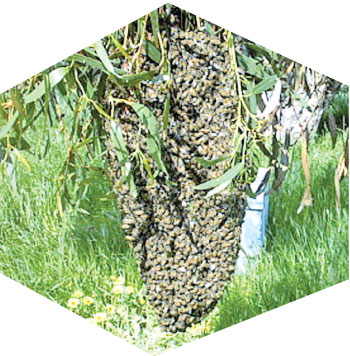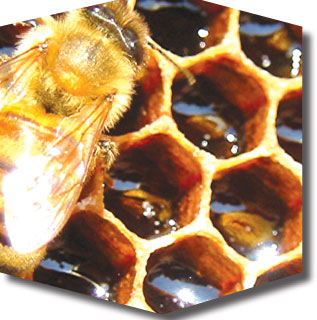All about bees
About honey
*Bees collect nectar, pollen and water each day to take back to their
hive.

* Raw nectar is collected from flowers and mixed with secretions from
glands and stored in cells. Moisture is gradually removed by air
circulated by fanning and by being continually moved from cell to cell.
* Ripened honey has a moisture level of 12 - 17 percent.
* Honey originates from vegetation. The sugars in honey are formed by
the sun, water and carbon dioxide, in the plant's life cycle.
* Once the honey is sufficiently ripened, the cells are sealed with
beeswax for storage.
* A well-managed hive produces between 60 - 200 kg. harvest per year.
* The less you do to honey, the better the food value.
* The flight time required to produce 1 kilogram of honey is
equivalent to 1 bee travelling four times around the earth.
* Honey and beeswax have been used to pay tax and as tribute to
conquerors.
* Honey is useful to heal wounds because of its antibacterial
qualities.
* The source material of beeswax is honey and pollen, processed
through
special glands in a bee's leg.
*Bees will provide a honey harvest on one acre of blossom per hive
(over three square kilometres).
 *A hive can produce 15 - 30 kilograms per fortnight on a strong honey
flow. *A hive can produce 15 - 30 kilograms per fortnight on a strong honey
flow.
(Try these projects)
*Collect examples of floral sources visited by bees in your area and
work out calendar of flowering periods.
*Work out how many hives could be productively kept in your
neighbourhood.
*Count the number of bees visiting a lavender bush in flower.
*Observe the time of day bees are active and what flowers they are
visiting.
Bees are a community-based group of insects. They live a harmonious
life although humans are afraid of their sting. Today we give you a
description of their way of life and about the various jobs in each
category of bee in which they are involved in.
Swarming is the honeybees' method of reproduction. When food supplies
are plentiful and populations expanding, the hive will raise daughter
queens.
Just prior to the daughters emerging from their cell, the hive
divides with up to half the workers and drones leaving with the old
queen. The swarm will then seek a new home.
The first daughter queen to hatch in the old hive will destroy her
rivals, and inherit the security of the established hive, with plentiful
honey stores.
About bees
The number of bees in a hive varies according to the availability of
nectar and pollen from less than 5,000 to more than 100,000.

During honey flows foraging bees wear their wings to shreds over two
weeks and become prey for ants and other insects.
Foraging bees will make round trips of approximately four kilometres
to and from the hive.
Bees communicate to their fellow bees the source and location of
nectar so the foraging bees concentrate on one flowering species at a
time.
When a nectar source is abundant, 90 percent of the honey/pollen will
be from that source.
 Each hive has one queen who bequeaths the hive to a daughter. Each hive has one queen who bequeaths the hive to a daughter.
A queen bee will lay up to 2,000 eggs a day.
The queen's attendant bees groom and feed her, up to 80 times her
weight daily.
Honey bees evolved between 150 - 180 million years ago.
Bees can carry nearly their own weight in nectar and pollen.
Bees attempting to enter a different hive will be killed as
intruders, although bees returning with nectar may be admitted.
All bees in a hive share a common odour, emanating from the queen's
pheromones.
Bees communicate by vibration and chemical cues. They are deaf to
most sounds and are mute.
Beekeepers migrate hives between forest and agricultural crops to
ensure year-round hive strength and honey production.
Honey bees will sting in defence of their life or in defence of their
hive (their young are at risk from intruders). The individual bee will
then die.
A cave painting in Spain dated to 15,000 B.C. shows two men climbing
to a cave containing bees and removing honeycomb in a basket.
-Internet |

